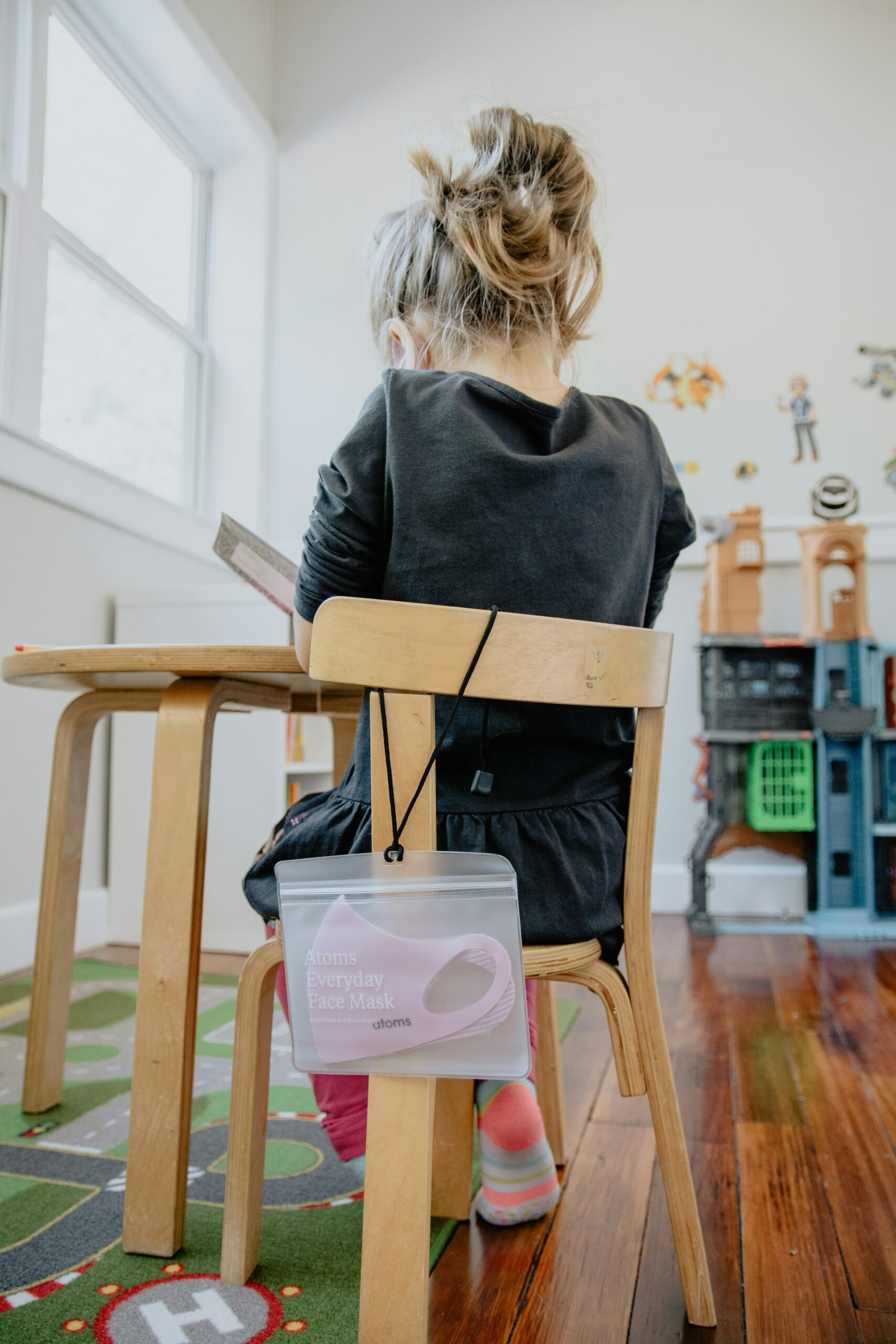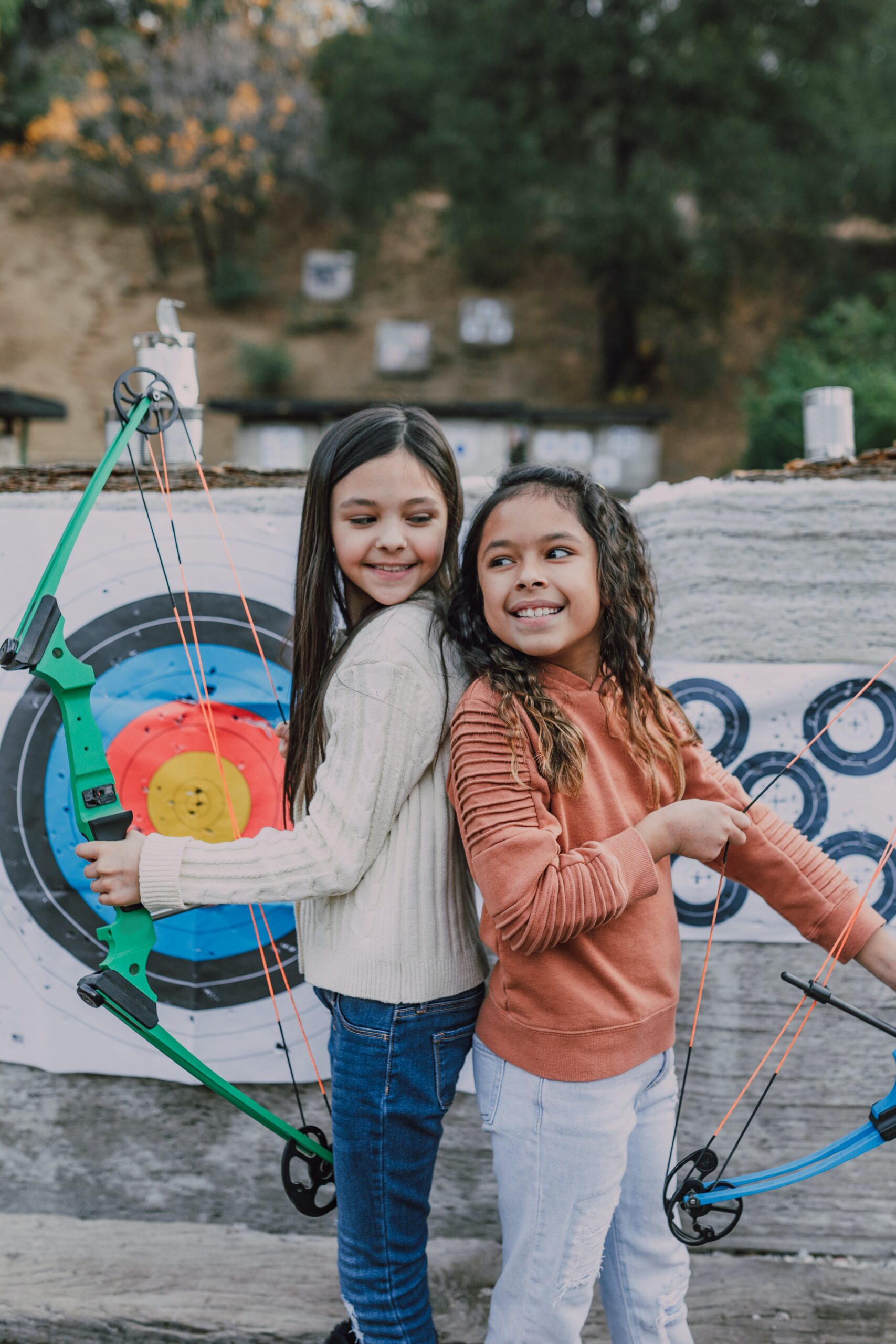Children don’t like learning about personal finance. Neither do adults. It’s boring, complicated, and time-consuming, and for kids, the need to understand finance doesn’t feel very urgent.
Unfortunately, this attitude can lead to a problem: many people enter adulthood without even knowing how to set a personal budget.
Learning about finance can be fun and creative. In this article, we discuss a few ways you can keep personal finance lessons light and informative.

Have Them Set a Budget
One of the most effective ways to expose your children to personal finance is to make them active participants in it. Have your children set a budget for whatever income they have, even if it’s just a weekly allowance.
How you break this budget down will be up to you. You might simply split it between money they can spend, and money they have to save. You may also consider insisting on a portion going towards charity.
Whatever the case, having your child set a budget will equip them with the skills they need to be responsible with their money as adults.
Involve Them in Your Finances
You don’t need to tell your kids how much money you make to involve them in your finances. There are ways to teach lessons that are light and interesting.
For example, next time you go to the grocery store, demonstrate sales tax. Show them what the cost of your items are at face value, and then how that cost changes when tax is applied.
You can even give them a rough sketch of how you plan a budget. You don’t have to say “and this is how much money our family has” to get the job done. Instead, consider breaking it down in the form of a pie chart.
X % of income goes to bills.
Y % goes into saving.
Z% goes into miscellaneous and recreational purchases.
Involving children in your own financial activity breaks the lessons into manageable pieces. Instead of sitting them down for a lecture on tax, you show them your receipt, have a brief conversation and move on with your life.
It takes a few minutes and it accomplishes the goal of spreading awareness. You can always get more specific when you want to. For example, consider comparing the cost of groceries to the cost of dining out. How much would this meal have cost if we prepared it at home?
The (probably depressing) answer will generate a level of awareness that many people don’t get even in college.
Teach the Tough Stuff
Learning is all about exposure. There is a natural hesitancy to teach children about things that, let’s face it, the majority of adults find dreadfully boring.
Things like taxes, stocks, micro and macroeconomics.
And yet, if they don’t learn them at a young age, they will be forced to instead learn them through lived experience, when their understanding of these topics has actual consequences.
The majority of college students finish their education with little to no understanding of personal finance. Why? Because in most cases, finance doesn’t come up in the typical educational curriculum.
You don’t have to prime your kids to become a master in finance, but just to equip them with the basic skills they need to survive and thrive in the adult world.
Expose them to the tough stuff, but do it in a way that is pleasant and engaging. There are a variety of educational video games that do exactly this.
For example, a simulated stock game will allow your children to experience the market in a way that doesn’t carry real-world consequences.
As with all of this, mastery isn’t the goal here. Simply by equipping your children with a good set of finance knowledge and skills, you are giving them a significant advantage over the general public.






